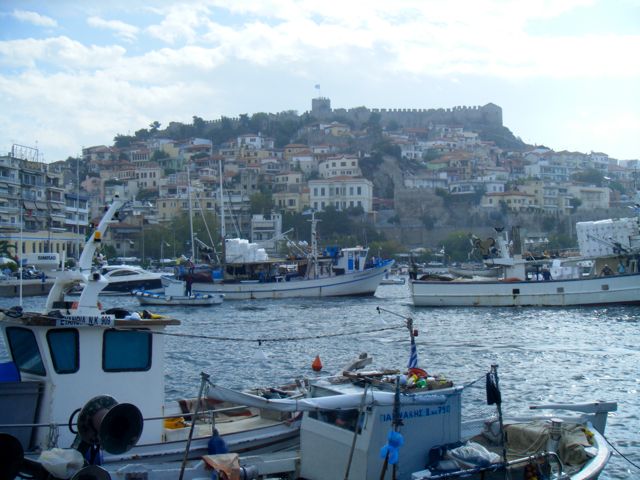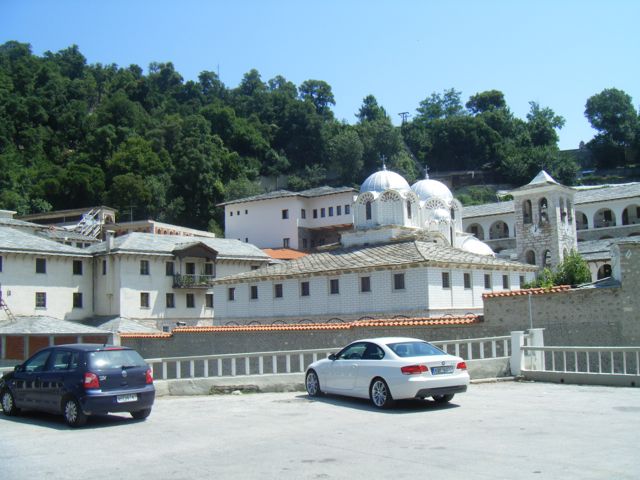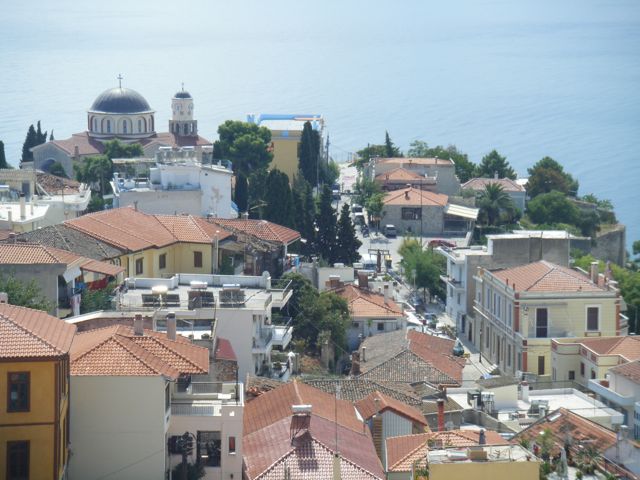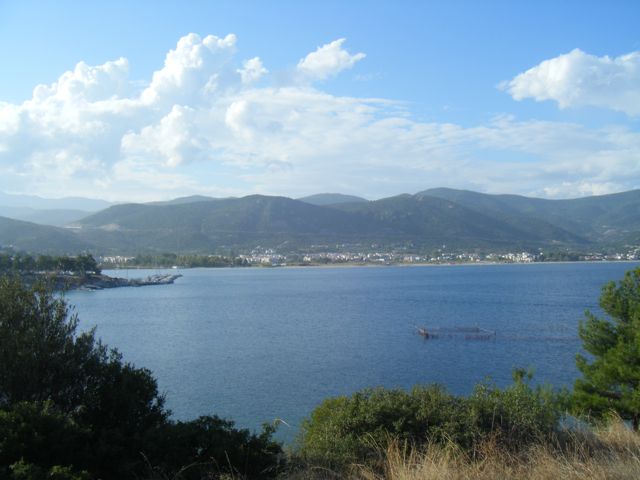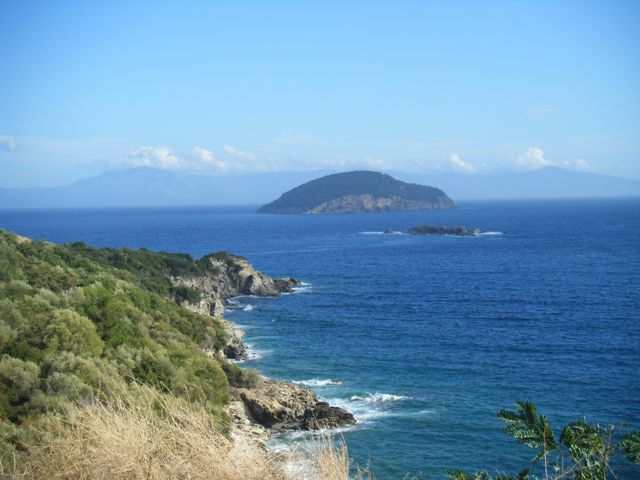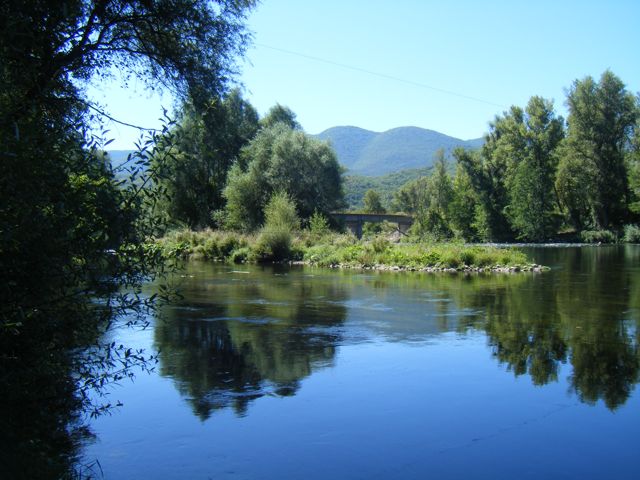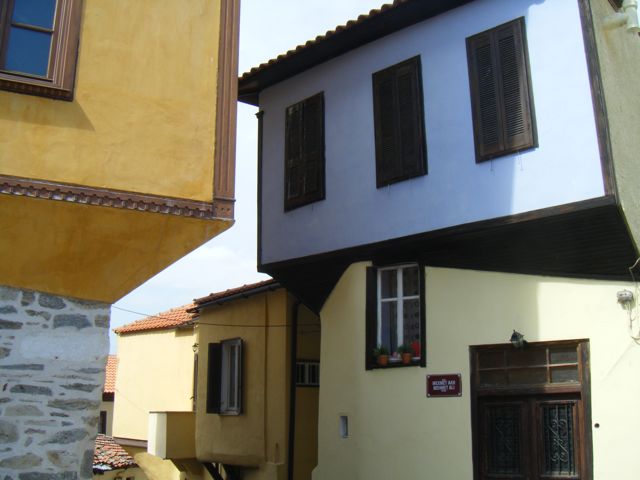
Kavala: The Blue City
Text and photos by George Howell
|
||
|
The reason why people refer to Kavala as the Blue City is clear; the dramatic old town is built upon a rocky headland which is surrounded by the blue and turquoise colours of the Aegean, creating a stunning backdrop for a city and reflecting the Mediterranean sun onto the colourful houses. The old town of Kavala was formerly a colony of Thasos and called Neapolis. It was significant both strategically and economically due to its proximity to the road which connects Thrace and Macedonia. It has been discovered that the first inhabitants of Neapolis came from Paros and Thasos. Being ideally positioned to confront invasions from Thrace, Kavala also functioned as a very important port linking the west and the east. This role would have begun around 650 BC. The city’s name then changed to Christoupolis under Byzantine rule and Kavala under Turkish occupation. Historically, Kavala has functioned as an important base for the tobacco trade, a key fishing port as well as being suitably located for the movement of gold from the Pangaio Mountain. Upon visiting Kavala, one realises immediately how the development through many periods of history has created the modern city of Kavala, with constructions such as the Town Hall, a combination of traditional Greek and neoclassical architecture and the houses in the area of Panagia which were built by Greeks, Jews and Turks in the early twentieth century. The most symbolic constructions, however, are the Fortress (Frourio) and the Aqueduct (Camares), built by the Turks and the Venetians in AD 1425. Kavala has an array of things to see and do, with a long coastline of white sandy beaches which begin at the ammolofoi, an area of sand dunes backing onto the region of vineyards just under twenty kilometres west of Kavala. As one heads closer towards the city, the fishing village of Iraklitsa offers a variety of Tavernas, all of which offer high quality seafood and mezedes, mainly catering for the local market. One of the most popular is Taverna Odysseas, located on the village promenade overlooking the small harbour. |
||
|
The main road from Iraklitsa to Kavala meanders along the coastline between the mountains and the sea, with a continuous view of Fidonisi (Snake Island) and Thassos in the distance. (Photo-above left) The most obvious place to visit in the city of Kavala is of course the fortress, with frequent live music performances as well as plays taking place during the summer, many of which are free of charge. Access to the fortress is through a cobbled street which runs through the old town past the old Turkish style houses. In the local area any inquisitive visitor would find it hard to resist the urge to visit the ancient site of Philippi, one of the most important towns of Eastern Macedonia which had important privileges during Macedonian rule. However, the Battle of Philippi in 42 BC would lead to its transformation into a completely Roman town. The Apostle Paul baptized Agia Lydia, the first Greek female and European to be baptized by him, just a few minutes walk from Philippi. For those with access to a vehicle, the region of the Nestos River is not to be missed due to its absolutely stunning natural beauty. (Photo-above center) In all, Kavala can be described as a highly varied holiday destination with something to cater for the demands of every individual, ranging from beaches with crystal waters to Tavernas with live music as well as ancient sites and mountain hikes. What is more, this is a truly Greek working city and visitors will experience an authentic Greek way of life rather than any artificially created environment to cater specifically for tourists. As a traditionally Greek city, Kavala is an ideal location for holidaymakers wishing to learn Greek. Locals are generally more laid back and willing to practice Greek with visitors than in some of the commercialized island destinations. With the combination of all one could expect from a holiday destination and the solid infrastructure offered by a city, Kavala has, over the last few years, begun to serve as a destination for people attending the residential language courses run by Grecophone Language Holidays. Launched in early 2008 by George Howell, for the past three years, Grecophone has been offering Greek immersion courses to students of all ages and levels. The aim of these holidays is to provide visitors with an authentic “Greek Experience”, including accommodation and all meals with a Greek family as well as three hours of Greek language tuition per weekday and weekend excursions. Grecophone classes remain small and offer a very comfortable learning environment for all students, regardless of ability as groups are divided according to level and tuition is with experienced tutors. Being half Greek with an educational background in foreign languages, George Howell started Grecophone Holidays by opening his family home in Kavala to visitors learning Greek, with courses now running through June, July and August of every year. For more information visit www.grecophone.co.uk |
||
|
(You can click on George's photos above to see them full size) You can find hotels with photos and guest reviews on Booking.com's Kavala Page and on Matt's Hotels of Greece Kavala and East Macedonia Page |
||
Help Support Matt's Greece Guides
Do you enjoy using my site? Have you found it entertaining as well as useful? If so please show your appreciation by booking hotels through the travel agencies and the links found on my Hotels of Greece site. The small commission I make on the bookings enable me to keep working and in most cases you won't find them any cheaper by searching elsewhere.
You can find
hotels in Greece by location, price, whether or not it has a swimming pool, and see photos and reviews by using this link to booking.com which also contributes to my website when you book. If you are appreciative of all the free information you get on my websites you can also send
a donation through Paypal or Venmo
Join Matt Barrett's Greece Travel Guides Group on Facebook for comments, photos and other fun stuff. If you enjoy this website please share it with your friends on Facebook and other social media.
